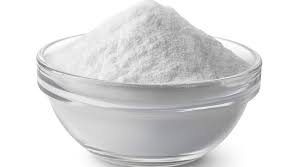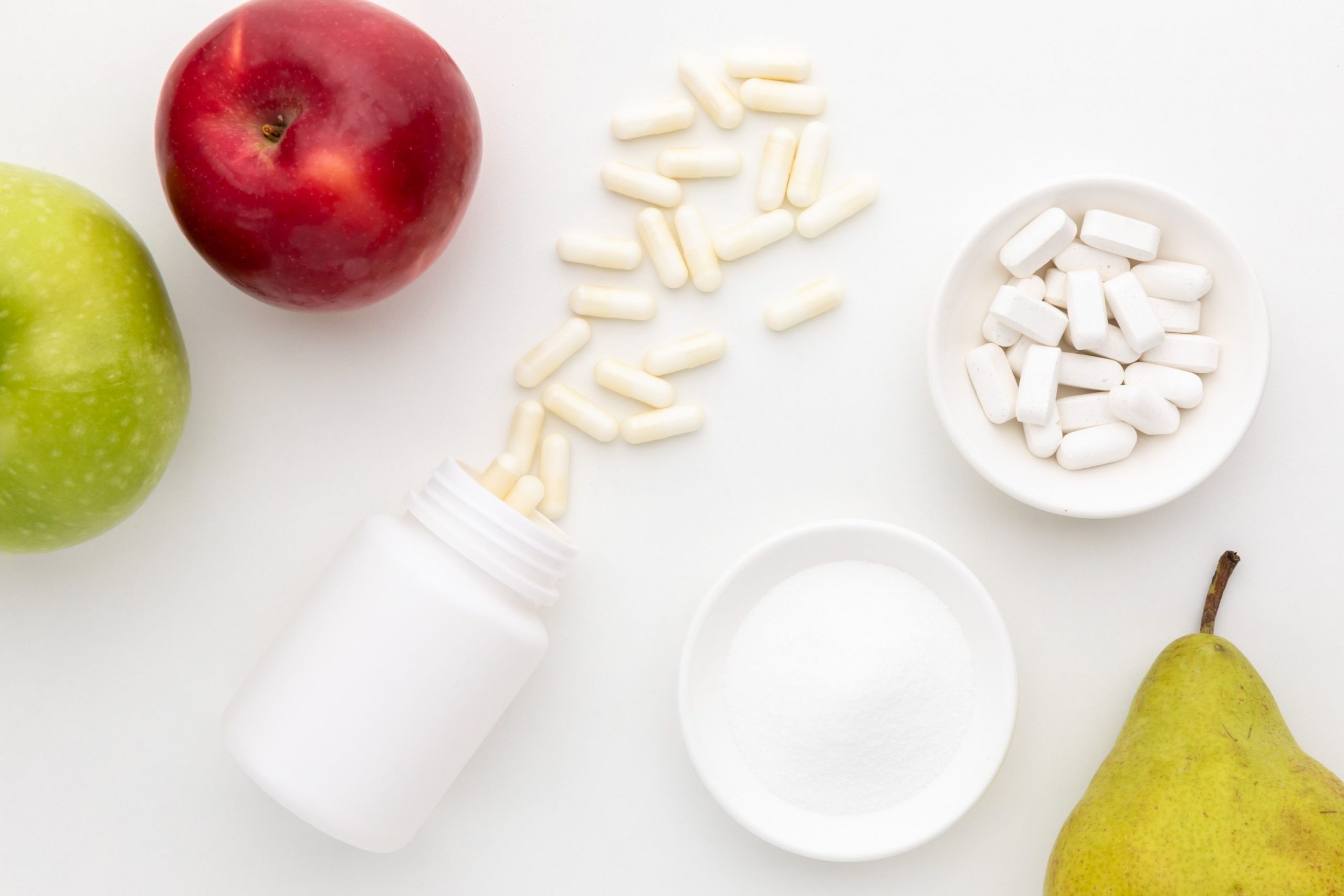Malic acid, with the chemical formula C4H6O5, is a dicarboxylic acid produced by all living organisms. It can be found in practically all fruits, including apples, apricots, blackberries, grapes, peaches, plums, pears, strawberries, and mangoes, and contributes to the sour and tart flavour of dishes. Malic acid aids in detoxification, energy production, and the treatment of chronic fatigue syndrome (CFS), as well as enhancing general muscle performance. It is widely used in the food processing sector to extend the shelf life of packaged foods and bakery products. It also makes baking, desserts, fruit juices, frozen delicacies, and sports beverages easier to prepare. Malic acid is used in the detergent, health, cosmetics, and personal care sectors, among other things.

Market Drivers for Malic Acid in the World:
Malic acid’s popularity among obese and diabetic persons has risen in recent years due to its increasing use in the production of sugarless confectioneries. Furthermore, regulatory agencies such as the United States Food and Drug Administration (USFDA), the European Food Safety Authority (EFSA), and the Food Safety and Standards Authority of India (FSSAI) have approved malic acid’s usage in food processing, boosting its sales. Because of its decreased hygroscopicity and better solubility, malic acid is also used as a substitute for citric and tartaric acids in the detergent business. It is also utilised as an ingredient in many cosmetic and personal care products because of its antioxidant capabilities, which help to keep the skin healthy and supple. Malic acid is used in the manufacturing of cough syrups, throat lozenges, toothpaste, mouthwash, and health supplements such as protein shakes and nutrition bars in the pharmaceutical business.
Segmentation of the Market:
The IMARC Group provides a study of the important trends in each sub-segment of the worldwide malic acid market, as well as global and regional predictions for the years 2021-2026. The market has been divided into two categories in our report: product and application.
a brief summary
The chiral resolution of DL-malic acid was investigated using ligand-exchange capillary electrophoresis.
Application
MA (DL-Malic acid) can be utilised in the following ways:
To improve the characteristics of ammonium dihydrogen phosphate (ADP) crystals, it is used as a dopant.
Nb-MA reacts with LiCl to create lithium niobate (LiNbO3) powders, forming a water-soluble combination.
As a monomer, DL-lactic acid can be used to make a co-polymer, poly(DL-lactic acid-co-,-malic acid) (PLMA), which can be coated over magnetic Fe3O4 nanoparticles and utilised as an MRI T2-contrast agent after being functionalized with fluorescein isothiocyanate (FITC).
Packaging
50 g in a poly bottle; 250 g in a poly bottle
In a test tube
WT 10403S has MICs of 34 mM, 25 mM, 31 mM, and 30 mM for acids (e.g., Maleic Acid), which correspond to pH values of 4.84, 5.14, 5.32, and 5.02 prior to development. Maleic Acid, despite acting at a lower pH, is the least inhibiting of all the chemicals examined (4.84). At pH 3 and 3.3, respectively, the most acid resistant (10403S) and weakest (EGD-e) strains are challenged with 8.6 mM and 4.3 mM of each organic acid. Maleic Acid is the most bactericidal alic acid on both strains Market Share Insights
Bartek Ingredients Inc., Changmao Biochemical Engineering Company Limited, Fuso Chemicals Co., Ltd., Isegen; Miles Chemical; Qiaoyou Chemical; Thirumalai Chemicals Co. Ltd., Prinova; Sealong Biotechnology; Yongsan Chemicals; Polynt; and Wego Chemicals & Minerals Corp. are some of the leading companies in the industry.
The global market is dominated by large multinational businesses like Huntsman and Mitsubishi Chemical Company. Other independent producers, such as Lonza, Anilax Chemicals, Prinova, and Miles Chemicals, obtain raw materials from either independent producers or regional wholesalers.
Acquisitions and mergers are the main strategies used by key organisations to extend their global client base. Fuso Chemicals Co. Ltd and Mitsui Chemicals, for example, have reached an agreement in which Chemicals Inc. would transfer its organic acids business to Fuso Chemicals Co. Ltd.
Regional Growth Dynamics of the Malic Acid Market
Malic Acid Market: Regional Growth Dynamics
The global malic acid market was dominated by the Asia Pacific region. During the projected period, the Asia Pacific Malic acid market would benefit from widespread use of malic acid in a number of drinks and confectionary goods. Due to high demand for food additives, China has risen to the head of the pack.
North America is a lucrative malic acid market, with significant potential expected, primarily in the United States, over the forecast period. Its growth will be fueled by extensive R&D in organic ingredients for use in the healthcare and personal care industries.
Malic acid is a naturally occurring chemical found in apples and pears. It’s an alpha-hydroxy acid, which is a type of natural acid that’s typically found in skin-care products. Malic acid, which is also available as a nutritional supplement, is reported to have a number of health benefits.
Health Advantages
Malic acid is naturally created in the body when carbohydrates are turned to energy and can be found in fruits and vegetables. Malic acid supplements may help people with certain diseases, according to some study, but more high-quality clinical trials are needed.
Malic acid supplements may provide these advantages, according to some evidence:
Benefits of Skin Care
Malic acid is reported to minimise indications of ageing, eliminate dead skin cells, aid in the treatment of acne, and enhance skin hydration when applied to the skin.
Malic acid may be useful when applied to the skin, according to a number of early research published in the 1990s and early 2000s. Malic acid was found to assist enhance collagen production and prevent sun-induced indications of skin ageing in experiments on animals and human cells, according to the authors of the study.
A small study published in the Journal of Drugs in Dermatology in 2013 looked at the effects of topically applied malic acid.
Melasma (a common disease characterised by areas of unusually dark skin) patients were assigned to a skin-care routine that comprised topical vitamin C and malic acid. The regimen was proven to be an effective short-term treatment for melasma after a 26-month follow-up.
Physical Capabilities
When taken as a supplement, malic acid is also utilised to improve athletic performance. It’s sometimes taken with creatine pills to boost the body’s creatine absorption. Malic acid supporters suggest that it can help with energy production, workout endurance, and muscular fatigue.
Researchers looked into the effectiveness of a creatine-malate supplement in sprinters and long-distance runners for a study published in Acta Physiologica Hungarica in 2015.
Sprinters’ physical performance improved significantly after six weeks of supplementation combined with physical exercise, as indicated by peak power, total work, body composition, and higher growth hormone levels. The distance covered by long-distance runners increased significantly.
Stones in the Kidneys
Malic acid is a precursor to citrate, a chemical that is thought to prevent calcium from forming kidney stones by interacting with other molecules in urine. Citrate may also help crystals become smaller by preventing them from adhering together.

According to a preliminary laboratory study published in 2014, consuming malic acid raises urine pH and citrate levels, reducing the likelihood of stone formation. Malic acid supplementation, according to the researchers, could be beneficial for the conservative treatment of calcium kidney stones. 3
Given the high malic acid content in pears, scientists advised in a 2016 review that future research should look into whether a diet high in pears and low in meat and sodium could help prevent stone development.
Fibromyalgia
Malic acid combined with magnesium was reported to aid persons with fibromyalgia relieve pain and tenderness in a pilot study published in the Journal of Rheumatology in 1995.
For the trial, 24 participants with fibromyalgia were randomly allocated to receive either a placebo or a combination of malic acid and magnesium. Those who received the malic acid/magnesium combination exhibited a significant reduction in pain and discomfort after six months. However, more recent studies on malic acid’s efficacy as a fibromyalgia treatment is lacking.
Mouth Dryness
The use of a 1% oral malic acid spray as a therapy for dry mouth has been investigated. For example, a research published in Depression and Anxiety compared a one percent malic acid spray to a placebo in persons who had dry mouth due to antidepressant use. 6 Those who used the malic acid spray had better dry mouth symptoms and higher saliva flow rates after two weeks of using it as needed.
Possible Negative Consequences
Little is known about the safety of long-term or frequent usage of malic acid supplements due to a dearth of studies. However, some people are concerned that consuming malic acid may cause adverse effects like headaches, diarrhoea, nausea, and allergic reactions.
When applied to the skin in the recommended dose, malic acid is generally regarded safe, although some people may experience irritation, itching, redness, and other negative effects. Patch testing new products is a fantastic idea.
Furthermore, alpha-hydroxy acids are believed to make your skin more sensitive to the sun.
As a result, it’s critical to use sunscreen in conjunction with any skin-care product that contains an alpha-hydroxy acid.
It’s important to remember that malic acid isn’t a replacement for standard treatment. Self-treating an illness while avoiding or postponing standard medical care might have significant implications.
read also:Women Health Therapeutics Market



